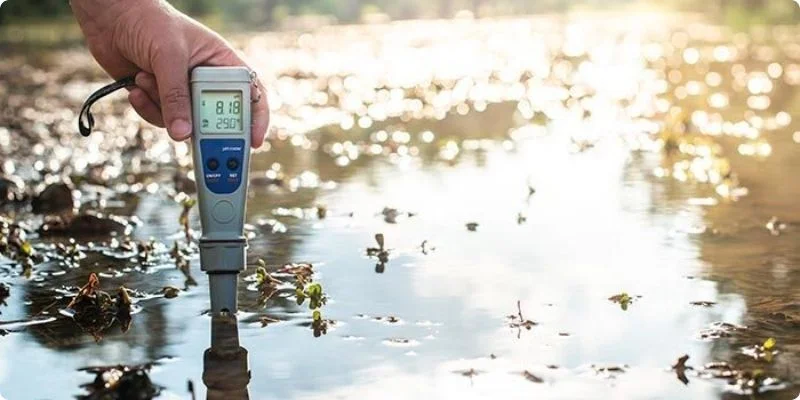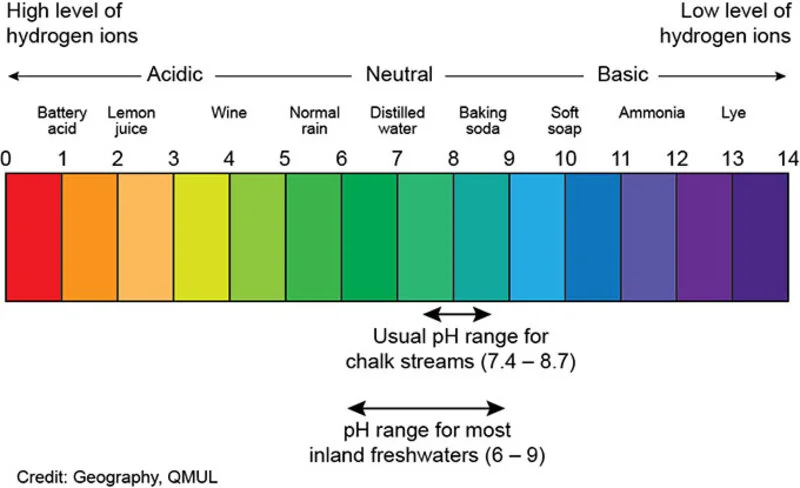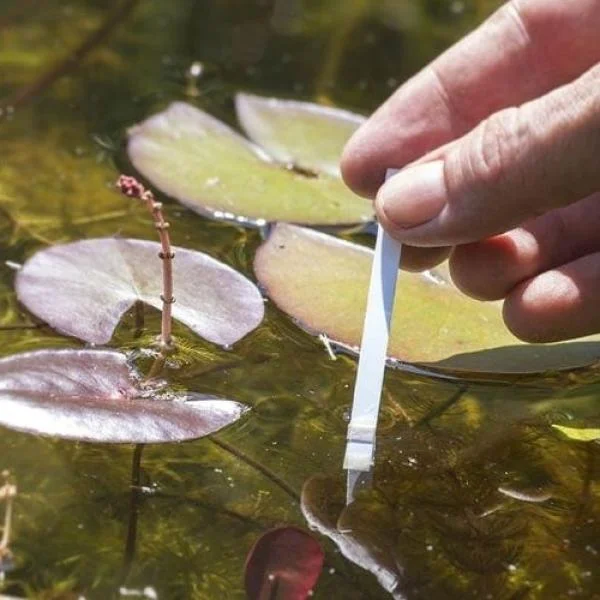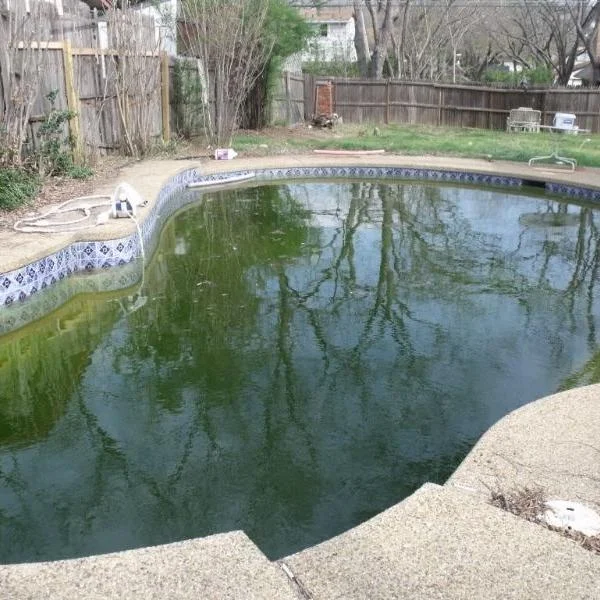
Water quality is a crucial aspect of environmental science, public health, and various industries. Understanding water parameters is essential for assessing the safety and suitability of water for different purposes, from drinking to aquaculture. This comprehensive guide will delve into the world of water parameters, exploring their significance, measurement methods, and implications for water quality management.
What Are Water Parameters?
Water parameters are measurable characteristics of water that indicate its quality and composition. These parameters are divided into three main categories: physical, chemical, and biological. By analyzing these parameters, we can determine the water's suitability for various uses and identify potential contaminants or issues that may affect its quality.

What Are Water Parameters?
Physical Water Parameters
Physical parameters are the observable characteristics of water that can be measured without altering its chemical composition. These include:
- Turbidity: This measures the cloudiness or haziness of water caused by suspended particles. High turbidity can indicate the presence of contaminants and affect water treatment processes. The most common units for measuring turbidity are Nephelometric Turbidity Units (NTU) and Formazin Turbidity Units (FTU).
- Temperature: Water temperature affects various chemical and biological processes. It influences dissolved oxygen levels, metabolic rates of aquatic organisms, and the effectiveness of water treatment methods.
- Color: The color of water can indicate the presence of dissolved organic matter, minerals, or contaminants. It is measured using color units (CU) or Platinum-Cobalt (Pt-Co) units.
- Taste and Odor: These subjective parameters can indicate the presence of organic matter, algae, or chemical contaminants in water.
- Electrical Conductivity (EC): EC measures the water's ability to conduct an electrical current, which correlates with the concentration of dissolved ions. It is typically measured in Siemens per meter (S/m) or microsiemens per centimeter (μS/cm).
- Total Dissolved Solids (TDS): TDS represents the total amount of dissolved substances in water, including minerals, salts, and metals. It is commonly measured in milligrams per liter (mg/L) or parts per million (ppm).
- Salinity: This parameter measures the salt content in water and is closely related to electrical conductivity. Salinity is typically expressed in parts per thousand (ppt) or percentage (%).
Chemical Water Parameters
Chemical parameters assess the chemical composition of water and its reactivity. Key chemical parameters to consider are:
- pH: This measures the acidity or alkalinity of water on a scale from 0 to 14, with 7 being neutral. pH affects the solubility of minerals and the survival of aquatic organisms. Most aquatic life flourishes at a pH of 6.5 to 8.5.
- Dissolved Oxygen (DO): DO is crucial for aquatic life and is an indicator of water quality. The standard units for measuring it are milligrams per liter (mg/L) and parts per million (ppm). Healthy water bodies should have DO levels above 5 mg/L.
- Alkalinity: This parameter measures the water's capacity to neutralize acids. It is usually expressed as milligrams per liter of calcium carbonate (mg/L CaCO₃).
- Hardness: Water hardness is caused by dissolved calcium and magnesium ions. It is typically measured in milligrams per liter of calcium carbonate (mg/L CaCO₃).
- Chlorine: Often used as a disinfectant in water treatment, chlorine levels are monitored to ensure effective disinfection without harmful effects. The concentration is measured in milligrams of substance per liter of solution. (mg/L).
- Nutrients: These include compounds like nitrates, phosphates, and ammonia, which can indicate pollution from agricultural runoff or sewage. Algal blooms and eutrophication can be caused by excessive nutrients.
Biological Water Parameters
Biological parameters focus on the presence and activity of living organisms in water:
- Bacteria: The presence of certain bacteria, such as coliforms, can indicate fecal contamination and the potential for waterborne diseases.
- Algae: While some algae are beneficial, excessive algal growth can lead to water quality issues and produce toxins harmful to aquatic life and humans.
- Viruses: Waterborne viruses can cause various diseases and are a significant concern in drinking water safety.
- Biological Oxygen Demand (BOD): This measures the amount of oxygen consumed by microorganisms in breaking down organic matter in water. High BOD levels are a sign of significant organic contamination.
Water Parameters Analysis
Analyzing water parameters is crucial for assessing water quality and determining its suitability for various uses. Here are some key aspects of water parameters analysis:
Sampling Techniques
Proper sampling is essential for accurate water parameter analysis. This involves:
- Collecting representative samples from different locations and depths
- Using clean, appropriate containers for sample collection
- Preserving samples correctly to maintain their integrity until analysis
Analytical Methods
Various methods are used to analyze water parameters, including:
- Field Testing: On-site measurements using portable instruments for parameters like pH, temperature, and dissolved oxygen.
- Laboratory Analysis: More complex tests conducted in controlled environments for parameters like BOD, nutrients, and microbial contaminants.
- Continuous Monitoring: Automated systems that provide real-time data on water quality parameters.
Interpretation of Results
Interpreting water parameter results requires understanding the:
- Normal ranges for each parameter in different water bodies
- Interactions between different parameters
- Possible origins of contamination or variation
- Water quality regulations and standards

Water Parameters Analysis
Water Parameters for Specific Applications
Different water uses require specific parameter ranges. For example:
Drinking Water Parameters
Drinking water must meet strict quality standards to ensure public health. Key parameters include:
- pH: 6.5-8.5
- Turbidity: <1 NTU
- The maximum allowable total Dissolved Solids: <500 mg/L
- Chlorine residual: 0.2-0.5 mg/L
- Microbial contaminants: 0 coliforms per 100 mL

Diagram of the pH scale
Aquaculture Water Parameters
For aquaculture, such as raising cherry shrimp, specific water parameters are crucial:
- Temperature: 20-28°C (68-82°F)
- pH: 6.5-7.5
- Ammonia: <0.25 mg/L
- Nitrite: <0.1 mg/L
- Nitrate: <20 mg/L
- General Hardness: 4-8 dGH
- Carbonate Hardness: 2-4 dKH
Industrial Water Parameters
Industrial processes often require specific water quality parameters, which may vary depending on the industry and application. Common parameters include:
- pH
- Hardness
- Alkalinity
- Conductivity
- Silica content
- Dissolved oxygen
The critical role of monitoring water parameters
Regular monitoring of water parameters is crucial for several reasons:
- Public Health Protection: Ensuring drinking water meets safety standards to prevent waterborne diseases.
- Environmental Conservation: Monitoring water bodies to detect pollution and protect aquatic ecosystems.
- Industrial Efficiency: Maintaining optimal water quality for industrial processes to prevent equipment damage and ensure product quality.
- Regulatory Compliance: Meeting legal requirements for water quality in various applications.
- Research and Education: Understanding water ecosystems and the impacts of human activities on water resources.
Conclusion
Understanding water parameters is fundamental to effective water quality management. By comprehensively analyzing physical, chemical, and biological parameters, we can ensure the safety and suitability of water for various uses, from drinking water supply to complex industrial processes and delicate aquatic ecosystems.
As water quality concerns continue to grow globally, the importance of water parameter analysis becomes increasingly critical. Whether you're a water treatment professional, an environmental scientist, or simply someone interested in the quality of your drinking water, a solid understanding of water parameters provides valuable insights into the health and safety of our most precious resource.
By staying informed about water parameters and their significance, we can all play a role in protecting and preserving our water resources for future generations. Remember, clean water is not just a luxury – it's a necessity for life itself.
Related Articles
Pond Filtration 101: Essential Tips for a Thriving Aquatic Environment
Creating a serene pond environment in your backyard can be a rewarding experience. Imagine fish ...
pH in Ponds: Maintaining a Healthy Aquatic Ecosystem
When it comes to maintaining a thriving pond ecosystem, one of the most critical factors to consider ...
Understanding Dissolved Oxygen: A Vital Component of Aquatic Ecosystems
Dissolved oxygen (DO) is a crucial element in aquatic ecosystems, playing a fundamental role in ...
Weathering the Storm: Protecting Your Pool After Rain
Rain can be a refreshing change from scorching summer days, but it can also wreak havoc on your ...
Beyond the Surface: Understanding and Preventing Pool Contamination
Swimming pools are a source of joy and relaxation for millions of people worldwide. However, they ...
Pool Chemicals Explained: Essential Tips for Pool Owners
Swimming pools are a fantastic addition to any home, providing a space for exercise, relaxation, and ...






